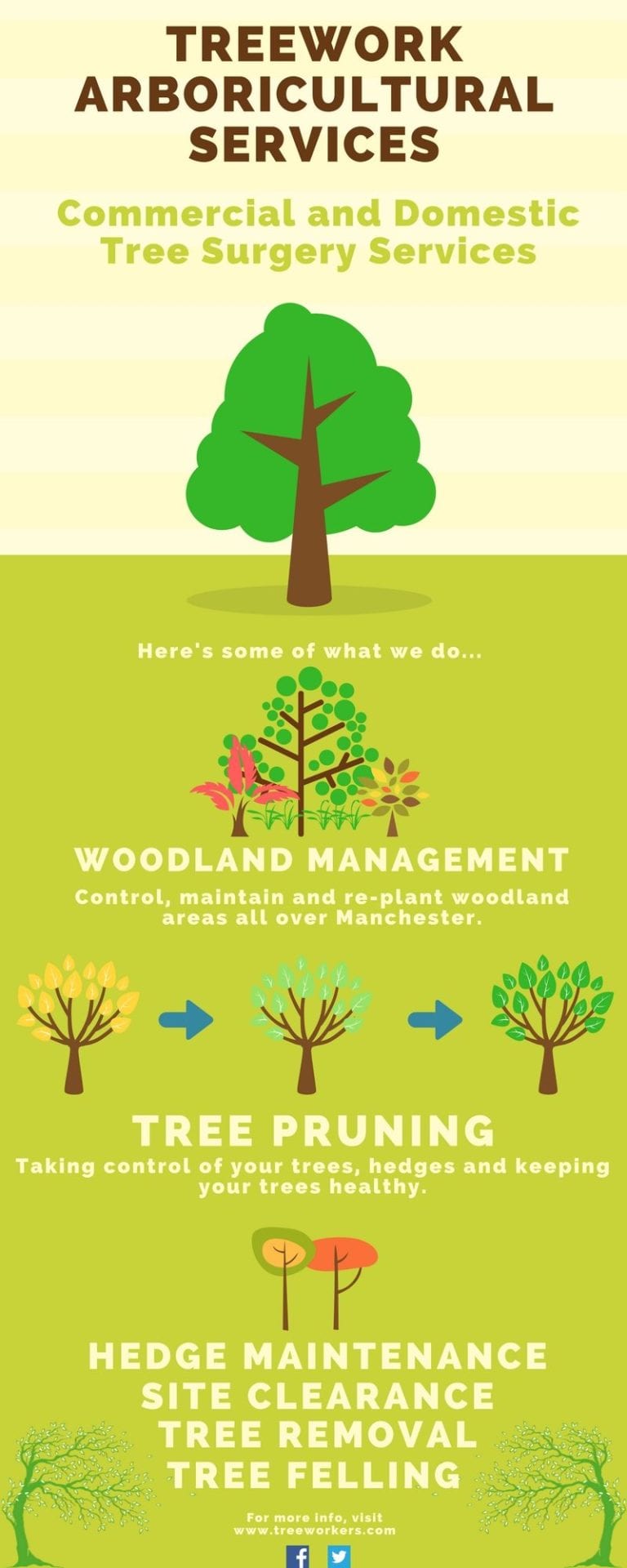Search For Critical Indications That Indicate Your Tree May Be Hazardous; Recognizing These Can Secure Your Property And Loved Ones. What Should You Watch For Following?
Search For Critical Indications That Indicate Your Tree May Be Hazardous; Recognizing These Can Secure Your Property And Loved Ones. What Should You Watch For Following?
Blog Article
Post By-Lillelund Enemark
When it concerns tree care, acknowledging the indications that it's time for elimination is vital for your security and home. How To Prune A Dogwood Tree might observe tarnished leaves, wilting branches, or strange fungal growths suggesting health problems. Structural concerns, like a significant lean or fractures in the trunk, can additionally present threats. Understanding these warning signs can help you make educated decisions about your trees and protect against potential hazards prowling in your lawn. What should you try to find next?
Signs of Degeneration and Condition
When you see signs of decay and illness in your trees, it's crucial to act rapidly. Search for blemished leaves, wilting branches, or uncommon growths like fungi. These can show that your tree is struggling.
If you see fractures in the bark or soft, mushy timber, these signs and symptoms suggest inner decay. Additionally, an abrupt rise in bugs around your tree can signal that it's deteriorated and at risk.
Check for any type of dead or dying arm or legs, as they posture a risk to your residential or commercial property and safety and security. If you're uncertain regarding what you see, getting in touch with an arborist can provide clarity.
Dealing with these indicators early can save you from much more extensive damages and make sure the wellness of your yard. Do not wait till it's too late.
Structural Instability and Leaning
As you observe your trees, keep an eye out for any type of signs of architectural instability or leaning. If a tree leans substantially, it might suggest that the origin system is endangered.
Try to find look at this site of fractures in the trunk or soil around the base; these can indicate prospective failing. Furthermore, look for unusual development patterns, like an uneven crown, which might suggest that the tree is having a hard time to hold itself upright.
If you notice that the tree leans toward your home, high-voltage line, or other structures, it presents a better threat. Do not disregard these indications-- speak with an arborist to assess the circumstance.
Taking action early can protect against pricey damage and guarantee your security.
Dead or Dying Branches and Foliage
If you observe dead or passing away branches and vegetation on your tree, it's a clear indication that something's wrong.
These unhealthy areas can indicate underlying concerns like condition, pest problems, or ecological tension. When branches shed their leaves or turn brownish, they're no more adding to the tree's health. Overlooking these signs could result in further decrease, making your tree much more hazardous.
just click the next website page can quickly break off throughout tornados, presenting a risk to building and individuals nearby. It's vital to assess the degree of the damages.
If the problem affects a substantial part of the tree, consider getting in touch with a specialist. They can assist establish if removal is necessary to ensure safety and security and preserve the elegance of your landscape.
Verdict
If you notice any type of signs of degeneration, architectural instability, or dead branches on your trees, don't disregard them. These indicators can posture significant safety dangers to you and your property. It's always best to get in touch with a specialist arborist that can supply a professional assessment of your trees. Doing something about it early can protect against accidents and pricey damage, guaranteeing your landscape remains safe and healthy. Bear in mind, it's better to be proactive about tree treatment than to wait for a catastrophe to take place.
